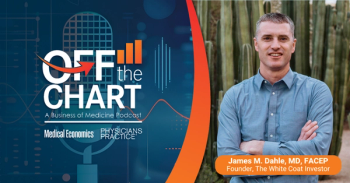
How to Make a Physician 17 Percent Wealthier
A little change in a physician's portfolio, utilizing the predictive power of expense ratios, can make a big difference in his future wealth.
I got a new physician client recently. The first step I took was to totally redo his portfolio. His old portfolio looked something like this.
Fund Symbol / Expense
YAFFX / 1.26 percent
UMBWX / 0.99 percent
TWCGX / 0.97 percent
SGRKX / 0.96 percent
SCETX /1.20 percent
RYTFX / 1.39 percent
PRRDX / 0.85 percent
ODMAX / 1.36 percent
OAKIX / 1.06 percent
OAKEX / 1.41 percent
…..
AEMGX / 1.31 percent
Altogether there were 39 funds in his portfolio. I skipped over a bunch in the list above, but anybody who has read my blog for any period of time should be nearly shouting out what’s wrong with this portfolio.
These Fund Expenses are Too High
Russell Kinnel, Morningstar's director of mutual fund research, published a study in August 2012 entitled, "
So here are the funds I replaced his portfolio with:
DFQTX / 0.22 percent
DFTWX / 0.49 percent
DFREX / 0.18 percent
VBTIX / 0.07 percent
I reduced his average fund expense from 1.1 percent to 0.24 percent, a saving of 0.86 percent a year. This is nothing to sneer at. Ten years from now, my client will be 8.6 percent wealthier and 20 years from now, he will be at least 17 percent wealthier just by cutting his investment costs.
Talk to your advisor about investment expense.
Newsletter
Optimize your practice with the Physicians Practice newsletter, offering management pearls, leadership tips, and business strategies tailored for practice administrators and physicians of any specialty.








